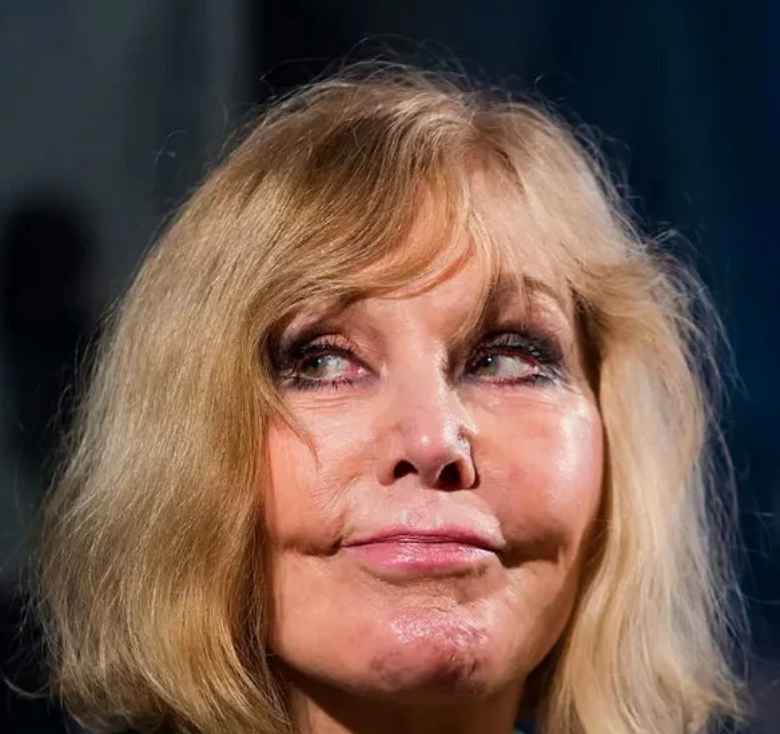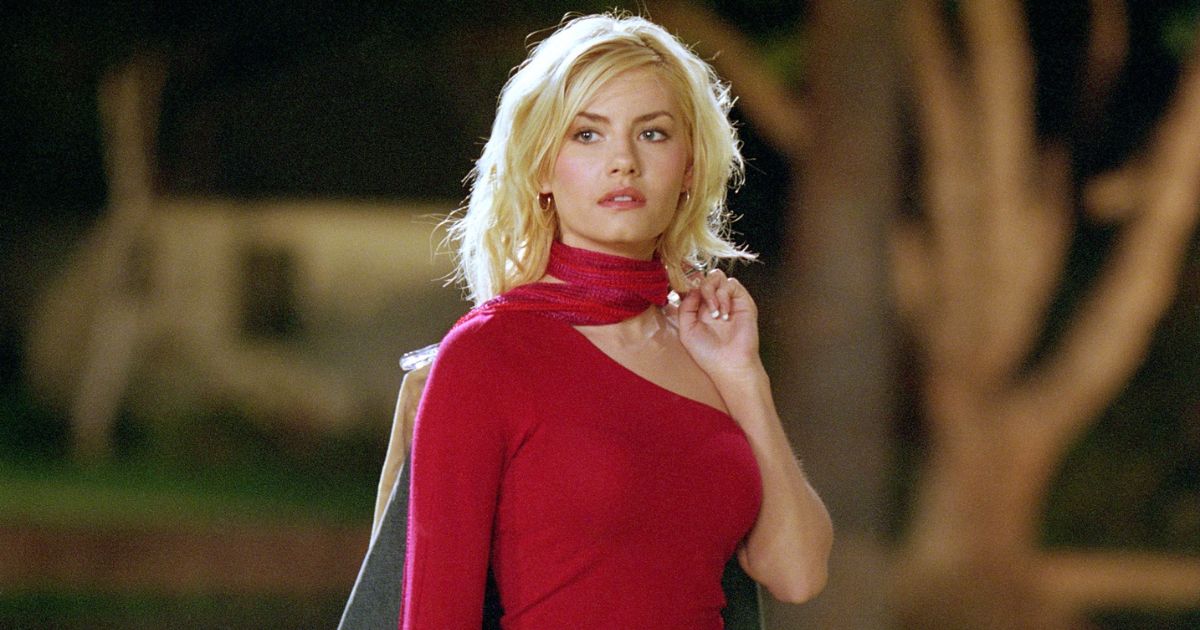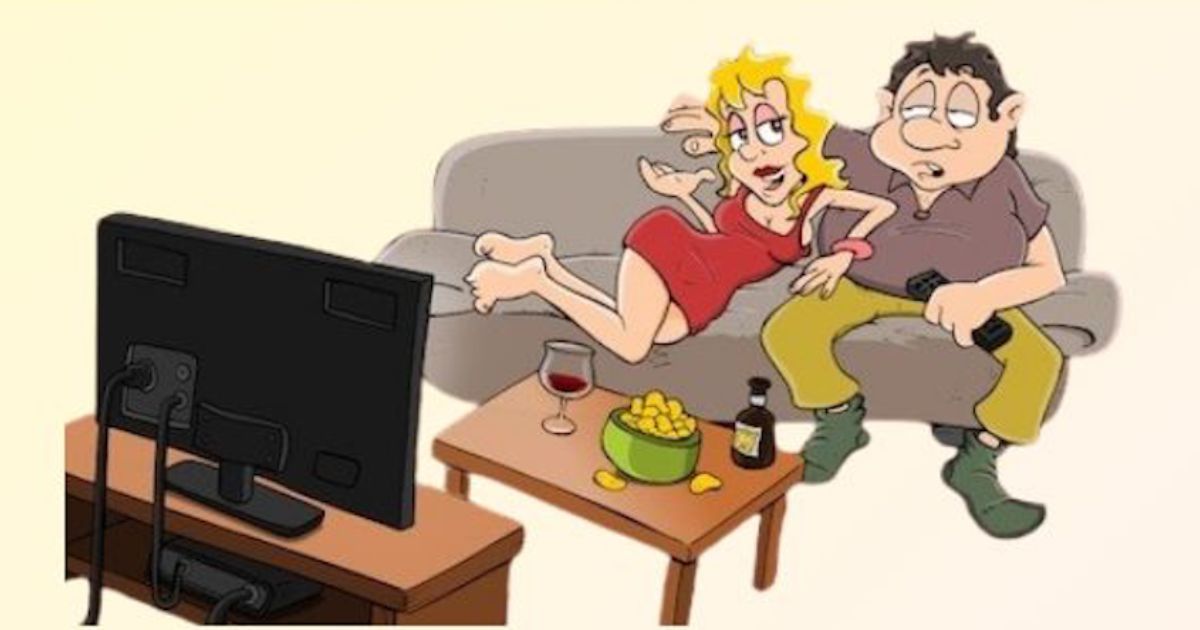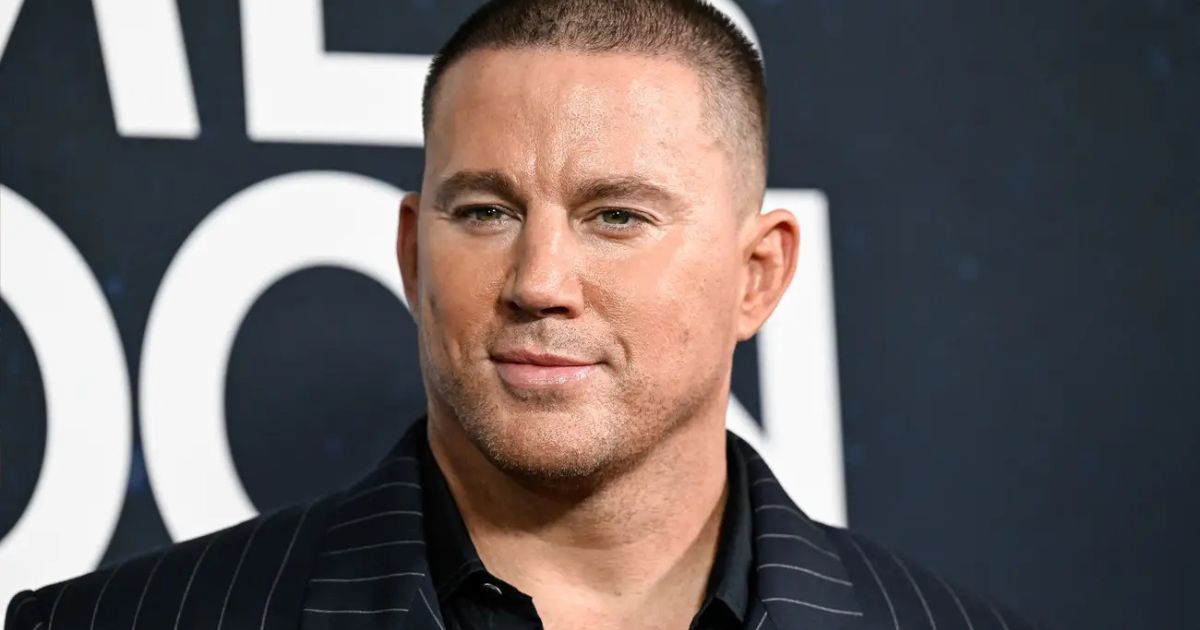Kim Novak, once the world’s top box office star, famously exited the Hollywood scene over five decades ago, marking a significant shift in her life and career. Opting out of the spotlight, Novak relocated northward, first to Carmel, California, and later to Oregon, pursuing a quieter life devoted to art and nature. Her departure from Hollywood, as she shared in a rare interview with PEOPLE, was a matter of personal survival.
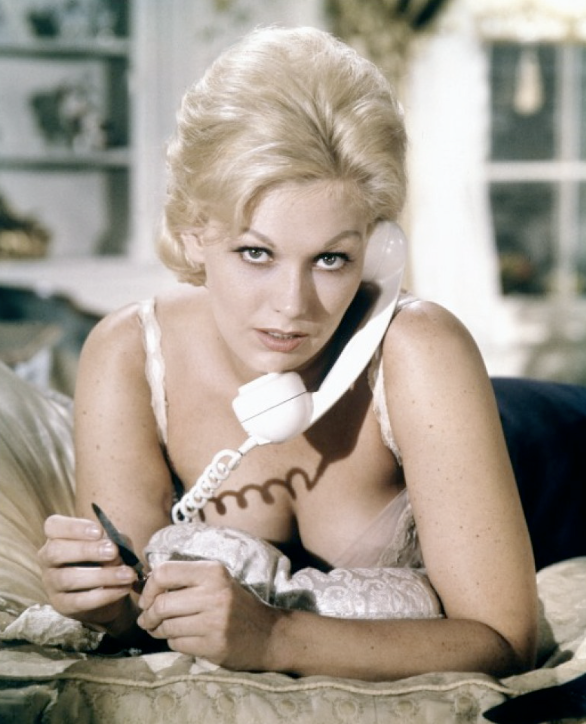
The star of classic films like Vertigo and Pal Joey expressed that the constant battle to maintain her identity in the glitz of Hollywood took a toll on her. Novak revealed that she had even completed an autobiography but lost it to a house fire and chose not to rewrite it, finding solace in the act of writing as a form of catharsis.
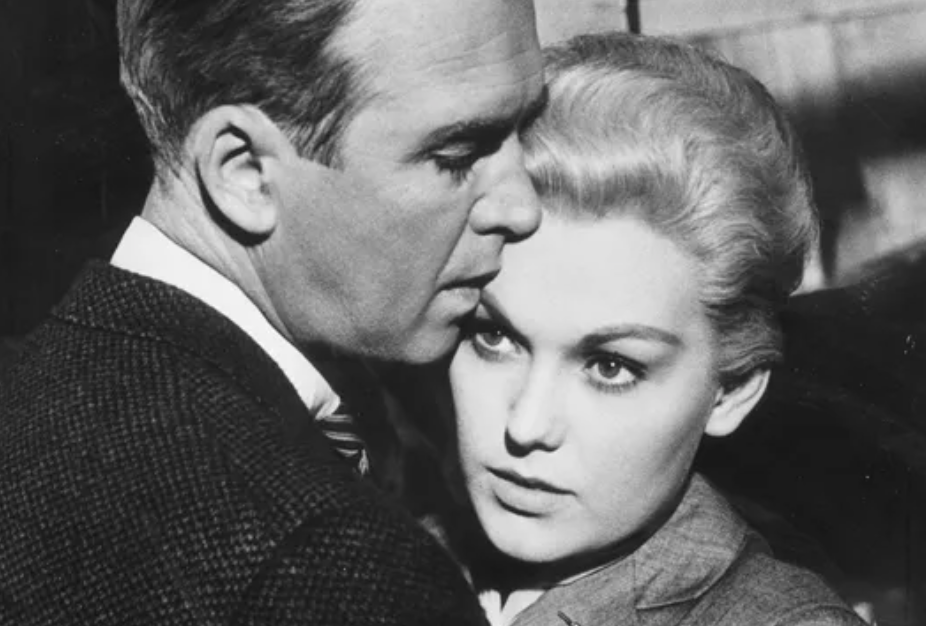
In her newly released book, “Kim Novak: Her Art and Life,” which is published by the Butler Museum of American Art, Novak delves into her journey from a film icon to an artist. She recounts her struggle against the industry pressures, including resisting the studio head Harry Cohn’s insistence on changing her name and denying her Eastern European roots. Novak’s determination to retain her surname and embrace her heritage marked her first victory over Hollywood’s controlling grip.
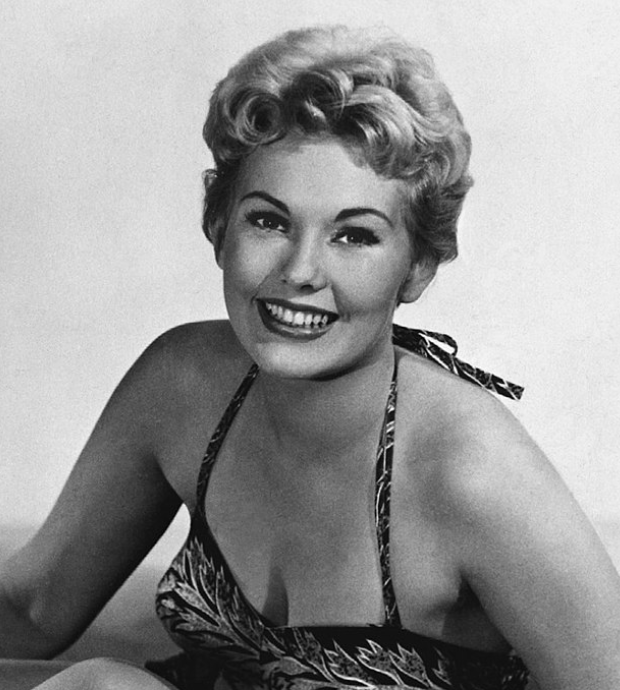
Her book also touches on her relationships, including her controversial romance with Sammy Davis Jr., which defied the racial norms of the era. She reflects on the challenges of being perceived as merely a pretty face, emphasizing how it felt restrictive and led her to question her own identity.
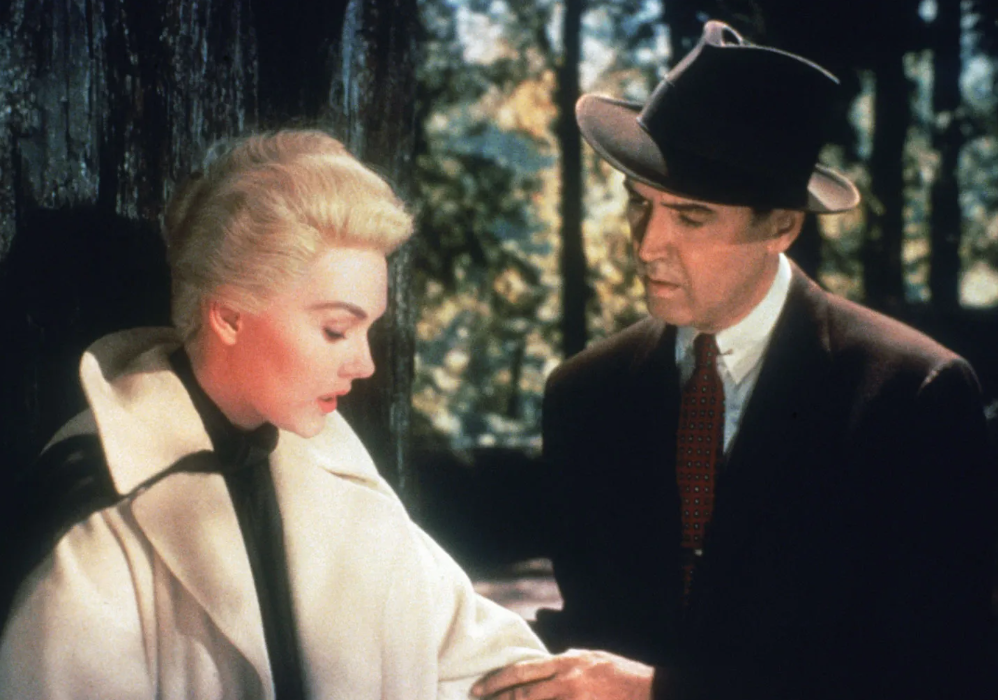
Finding solace in the Rogue River Valley of Oregon, Novak embraced a life surrounded by the natural beauty of the Pacific Ocean and the companionship of animals. Her lifelong love for art, kindled during her early years in Chicago and nurtured by scholarships to the Chicago Art Institute, flourished away from Hollywood’s hustle. Novak credits her artistic pursuits and interaction with animals, including horses and llamas, as crucial to her personal healing and authenticity.
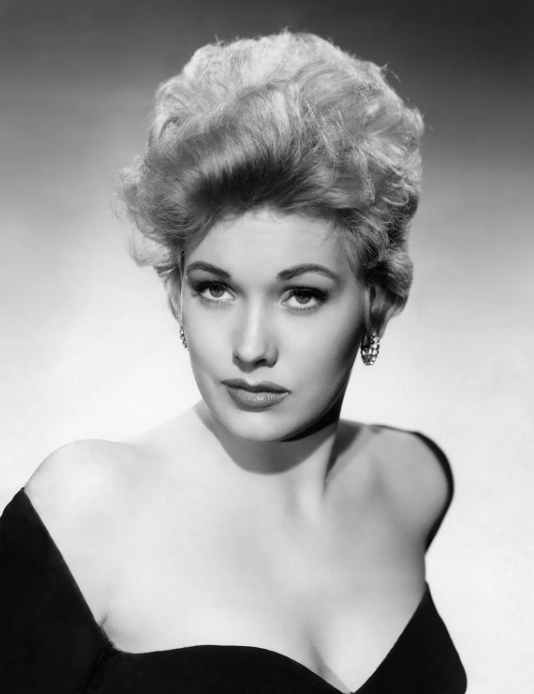
Her marriage to Robert Malloy, an equine veterinarian who she described as her “soul mate” until his death in December prior to the interview, was a pivotal part of her new life.
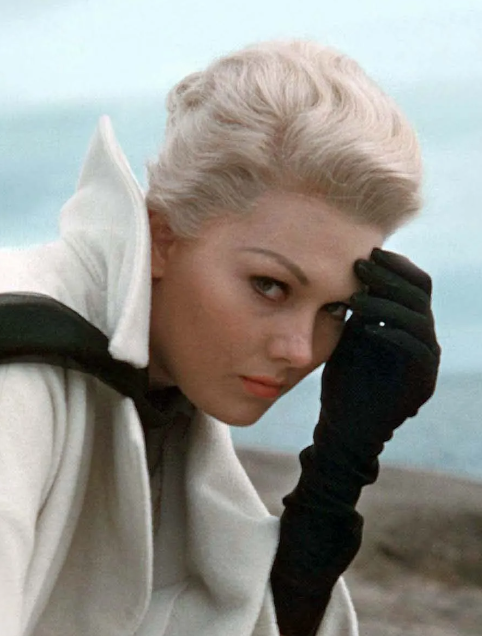
Novak also opened up about her experience living with bipolar disorder, advocating for openness and acceptance of mental health struggles, especially how it interplays with her artistic expression.
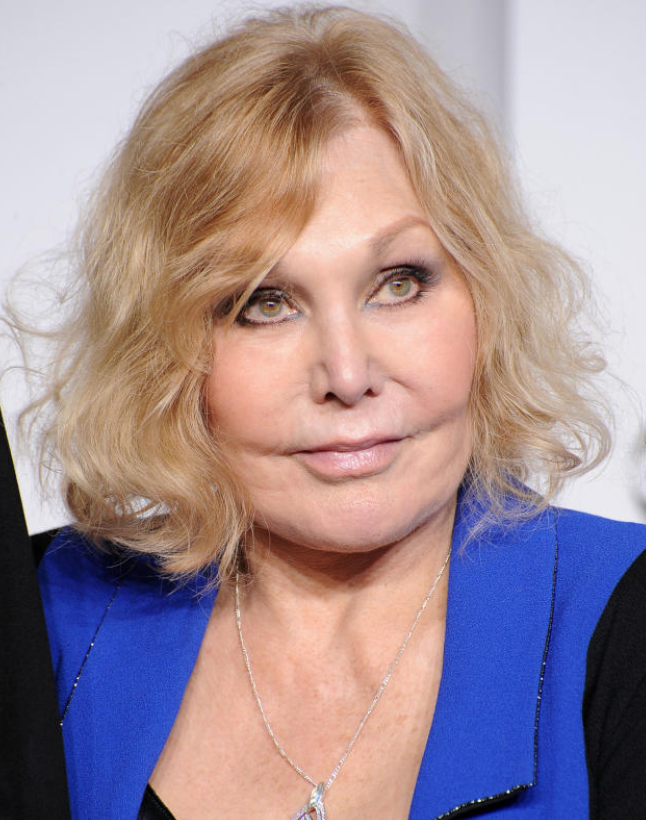
Kim Novak’s reflections in her art book and the interview are not just a look back at her film career but an invitation to view her as a multifaceted artist and director of her own life’s narrative. Her works, influenced by the likes of Alfred Hitchcock, aim to encapsulate mystery and depth, traits she valued both in her film roles and in her paintings.
